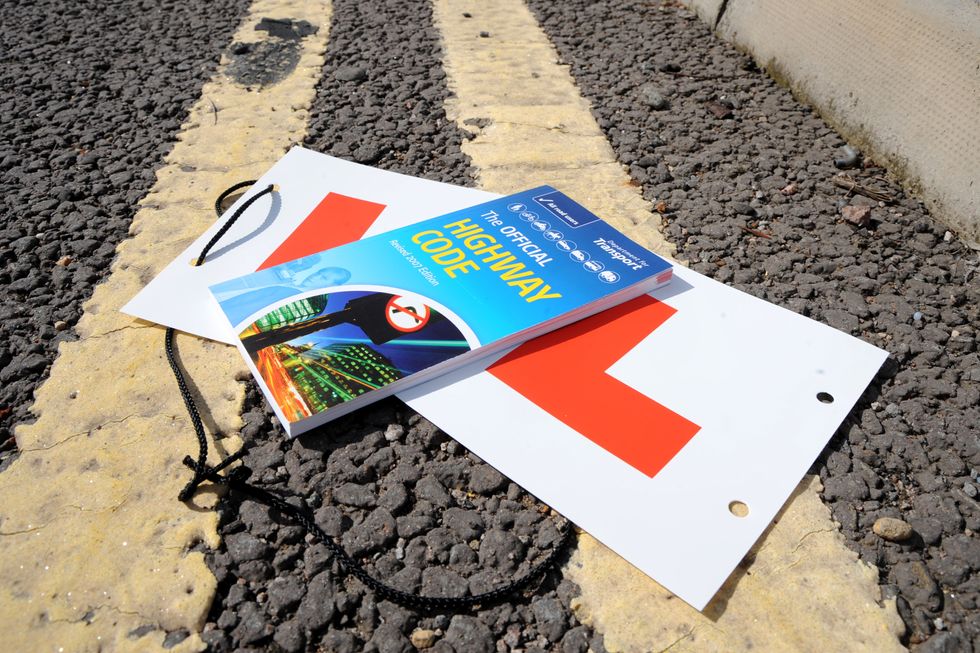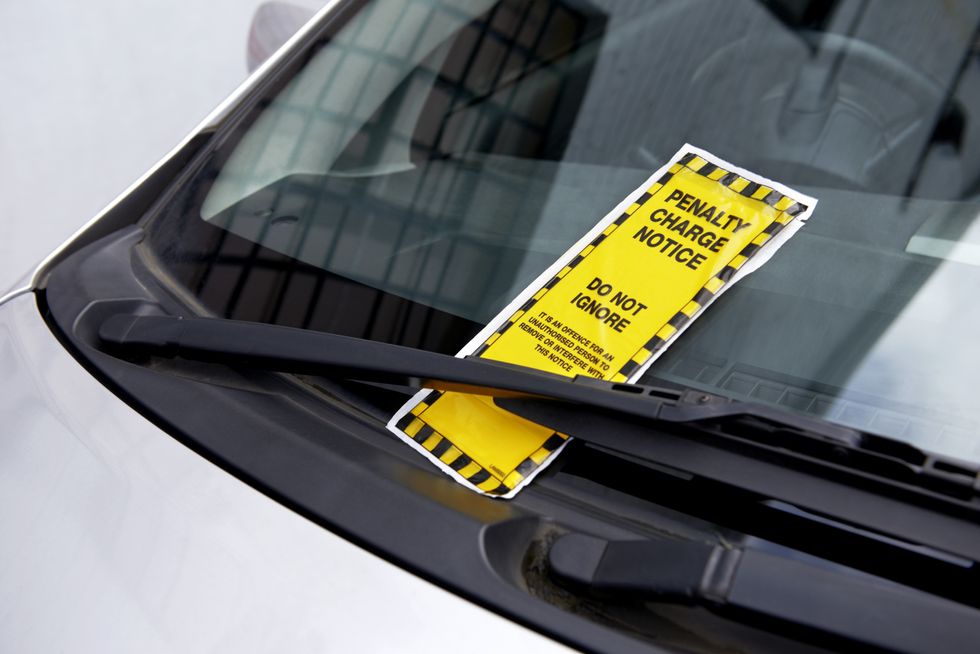Mersey Police to crackdown on drivers parking on zig zag crossings
MERSEY POLICE
Drivers caught parking incorrectly can be fined £130
Don't Miss
Most Read
Trending on GB News
Motorists in the UK are being warned of hefty fines for violating a crucial Highway Code rule regarding parking on zig-zag lines.
These distinctive road markings, commonly found outside schools and other important locations, play a vital role in ensuring safety for pedestrians, particularly children.
Under Rule 191 of the Highway Code, drivers are strictly prohibited from parking on these lines.
The Merseyside Police Roads Policing Unit recently highlighted this issue, issuing a Traffic Offence Report to a private hire vehicle that stopped on zig-zag lines in front of a crossing on Allerton Road.
Do you have a story you'd like to share? Get in touch by emailingmotoring@gbnews.uk

Highway Code violations can result in fines
PAPosting on social media the police force said: “Motorcycle patrols out today, attention drawn to this private hire vehicle who thought it was acceptable to stop right in front of the crossing on Allerton Road.
“Driver advised and issued with a Traffic Offence Report form (ticket) for parking on zig-zags.”
This enforcement action underscores the seriousness with which authorities view such violations, emphasising the importance of adhering to parking regulations for public safety.
Zig-zag lines serve a crucial safety function outside schools, hospitals, fire stations, police stations, and ambulance stations. Drivers who break the rules could see themselves issued with a fine of £130, reducing to £65 if paid within 21 days.
These markings indicate areas where motorists must not wait, stop, or park their vehicles. The primary purpose is to maintain clear visibility for children and other pedestrians crossing the road.
In some cases, accompanying signs may specify time-based restrictions for these areas. Outside of these hours, parking on zig-zags may be legally permitted.
However, even when not explicitly prohibited, parking on or opposite zig-zag lines can create dangerous situations, particularly for schoolchildren. Some schools have implemented zig-zag markings on both sides of the road to further enhance safety measures.
The Highway Code emphasised the importance of these markings in maintaining clear sightlines and ensuring the safety of vulnerable road users.
Specific restrictions on parking on zig-zag lines can vary depending on location and accompanying signage. Yellow zig-zags for example, which have no signs generally advise against waiting or parking at any time for safety reasons.
However, some areas may have time-based restrictions indicated by signs. Local councils can issue Penalty Charge Notices for violations when restrictions are in place. These are civil matters and do not result in criminal records or licence points.
In areas without civil parking enforcement powers, police or traffic wardens may issue Fixed Penalty Notices, which are enforced through the criminal justice system.
Fines can be substantial, with higher penalties for stopping in restricted areas outside schools. Typically, the fine is halved if paid within 14 days, and motorists have 28 days to pay or challenge the penalty.
LATEST DEVELOPMENTS:

Drivers who break the rules can be fined by Police forces
GETTYWhen picking up or dropping off children at schools, motorists should also allow plenty of time due to expected congestion while not blocking the crossings.








